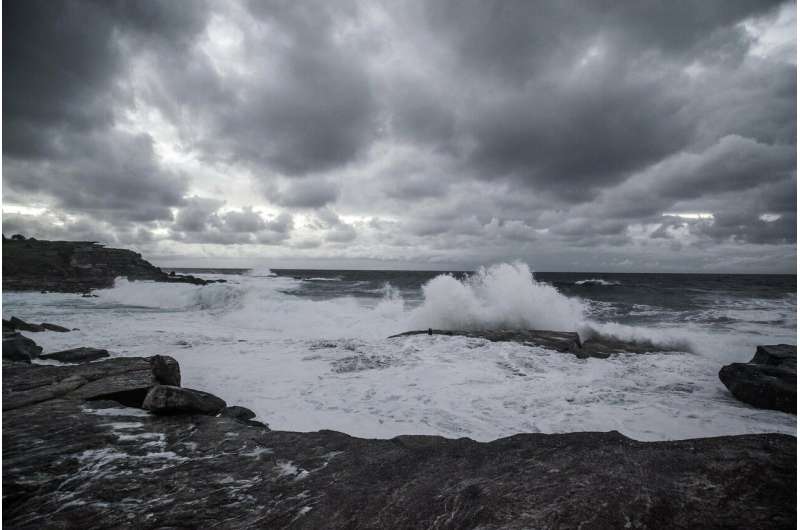May 2, 2019 weblog
ClimaCell's weather watch makes use of wireless signals

A Boston-based startup is setting out to show the use of phones for better weather forecasting.
Actually, BORGEN Magazine nailed ClimaCell's approach plain and simple—"the company uses mobile phone and wifi signals in concert with radar and weather satellites to map weather conditions. "Every signal sent by a cell phone is affected by precipitation, and ClimaCell software translates these disruptions into minute-by-minute weather data."
Company co-founder Rei Goffer said, "A lot of the things around us actually sense the weather, just not by design. Weather affects them and by looking at how, "you can actually reverse engineer things and see through that." As for countries with few weather stations, ClimaCell could save thousands of lives.
Can it really predict the weather better than anyone else? They are, after all, making a heady claim of being 60 percent more accurate than traditional forecasting methods.
Douglas Heaven in MIT Technology Review said the company tested its model in Israel for a three-month period during heavy floods. "We did a terrific job compared to the Israel Meteorological Service's rain gauges," Luke Peffers said. Peffers heads the research team in Boulder.
Loukia Papadopoulos in Interesting Engineering said that by tapping into millions of signals from cell phones and analyzing images from street cameras, the service claims it offers a weather forecasting service more accurate than those of providers.
Heaven wrote that "by using information from millions of everyday wireless devices, ClimaCell claims it has a far more fine-grained view of most of the globe than other forecasters get from the existing network of weather sensors, which range from ground-based devices to satellites. (ClimaCell taps into those, too.)"
So, straight away there is a shift from the traditional. Everything is a radar sensor, as the company puts it, remarked Heaven.
A mathematical model converts the cell phone observations into weather data for use in a simulation. ClimaCell claims it has 500 million weather sensors at your fingertips, said Interesting Engineering.
Meanwhile, flood forecasting is a hot topic with flooding proving to be a deadly disaster; its toll on human life is too high. The added glitch: floods are hard to predict. "Flooding is the most common natural hazard and affects more people worldwide than any other disaster," EOS stated.
Dr. Amir Givati, director, flood modeling, said the problem was lack of data, making high quality forecasting difficult.
Givati was former head of the Surface Water and Hydrometeorology Department in the Israeli Hydrological Service. He had been working with flood forecasting for years and now is with ClimaCell.
ClimaCell's site discussed the data and models ready to work toward forecasting. It creates proprietary weather data and the data is combined with a suite of flood-specific hydrological models that can accurately predict when floods will strike, giving timely alerts which give countries time to prepare.
Forecasting is not just about accuracy; it is about timing. Services are needed that can give communities time to prepare. ClimaCell's Global Urban Flooding Forecast provides forecasting predictions for flood-sensitive megacities. It uses its by-the-minute precipitation forecasting and can send alerts 24 hours before a possible flood event.
As their video shows, they offer new ways to see floods coming, harnessing the power of the connected world.
Their business model? MIT Technology Review reported the company is offering subscribers a weather forecasting service. In addition to weather updates to businesses, said Heaven, ClimaCell is interested in collaborating with national forecasters.
© 2019 Science X Network



















